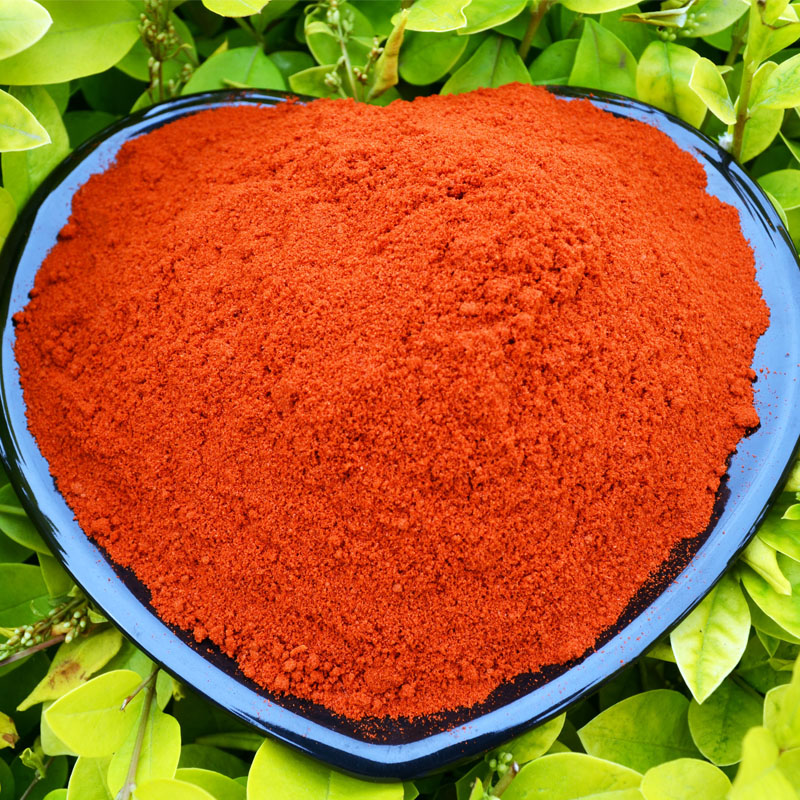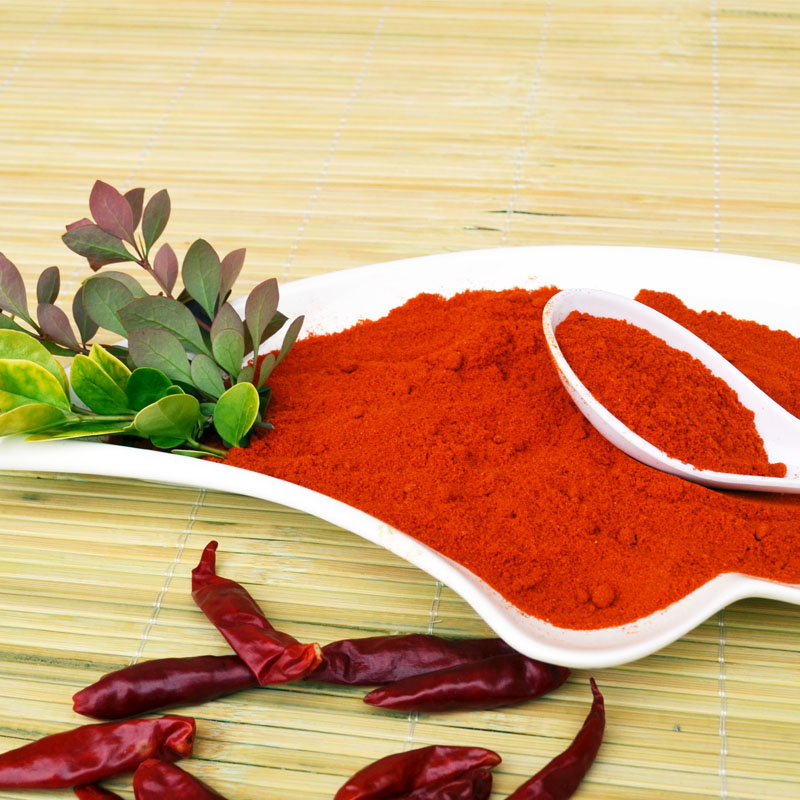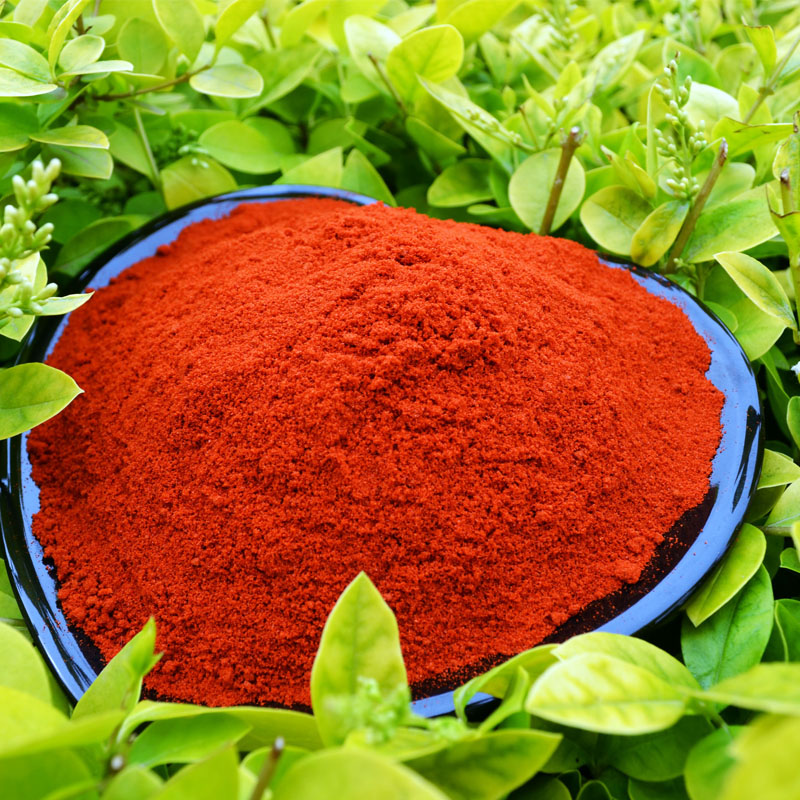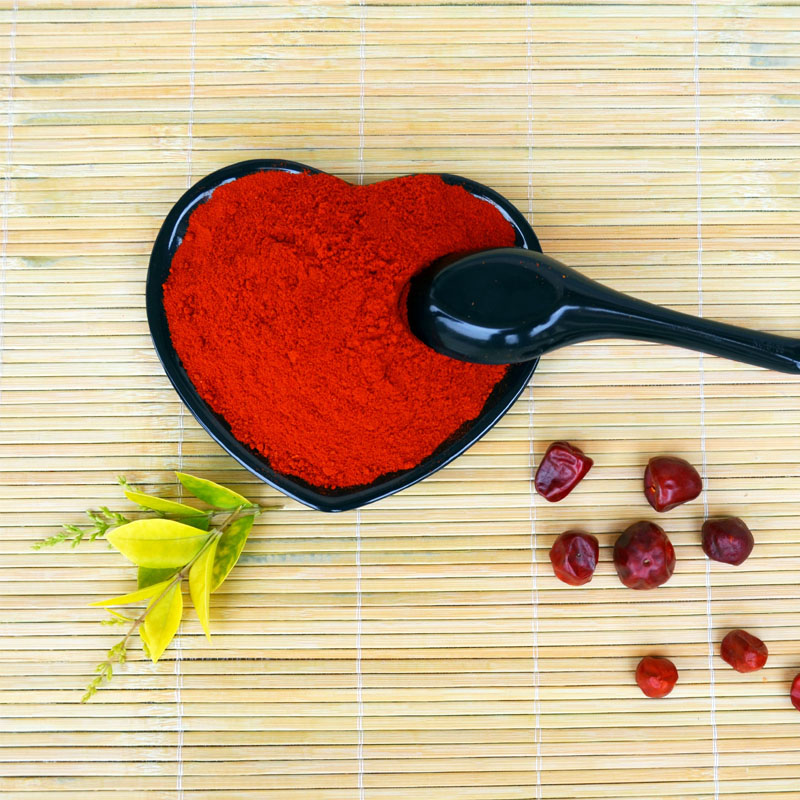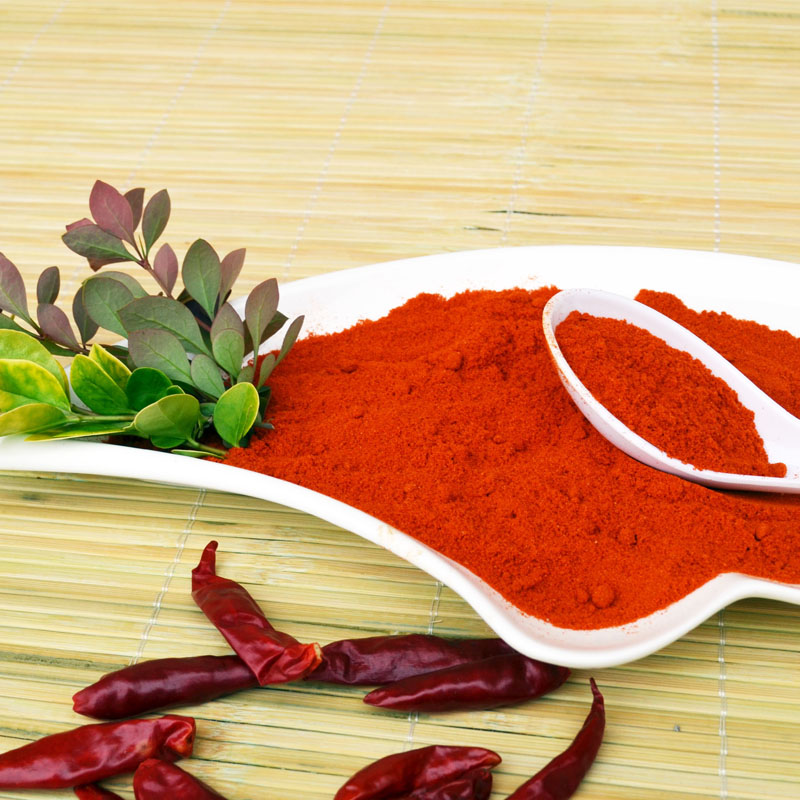
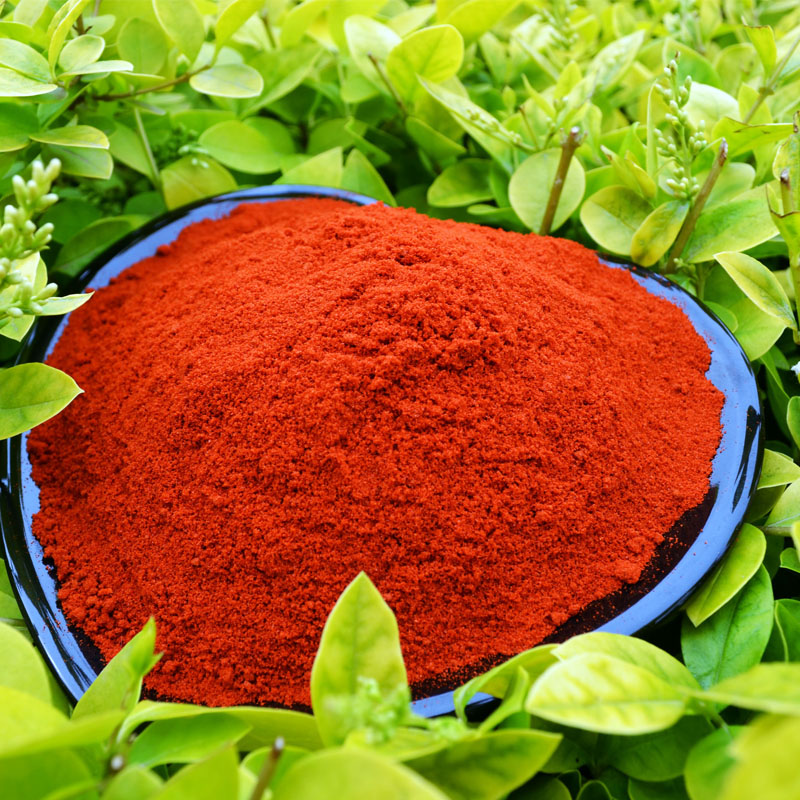
Ko a maatau hua tiihi kore-kore me te ZERO taapiri kei te hoko wera ki nga whenua me nga rohe e pai ana ki te whakamahi ina tunu kai. Kei te waatea nga tiwhikete BRC, ISO, HACCP, HALAL me KOSHER.
Ko te tikanga ko o maatau hua paura ka whakakiia ki te peeke pepa 25kg me te peeke hiri PE o roto. A he pai hoki te putea hokohoko.
Red chili peppers, which are a part of the Solanaceae (nightshade) family, were first found in Central and South America and have been harvested for use since about 7,500 BC. Spanish explorers were introduced to the pepper while on a search for black pepper. Once brought back to Europe, the red peppers were traded in Asian countries and were enjoyed primarily by Indian cooks.
The village of Bukovo, North Macedonia, is often credited with the creation of crushed red pepper.[5] The name of the village—or a derivative of it—is now used as a name for crushed red pepper in general in many Southeast European languages: "буковска пипер/буковец" (bukovska piper/bukovec, Macedonian), "bukovka" (Serbo-Croatian and Slovene) and "μπούκοβο" (boukovo, búkovo, Greek).
